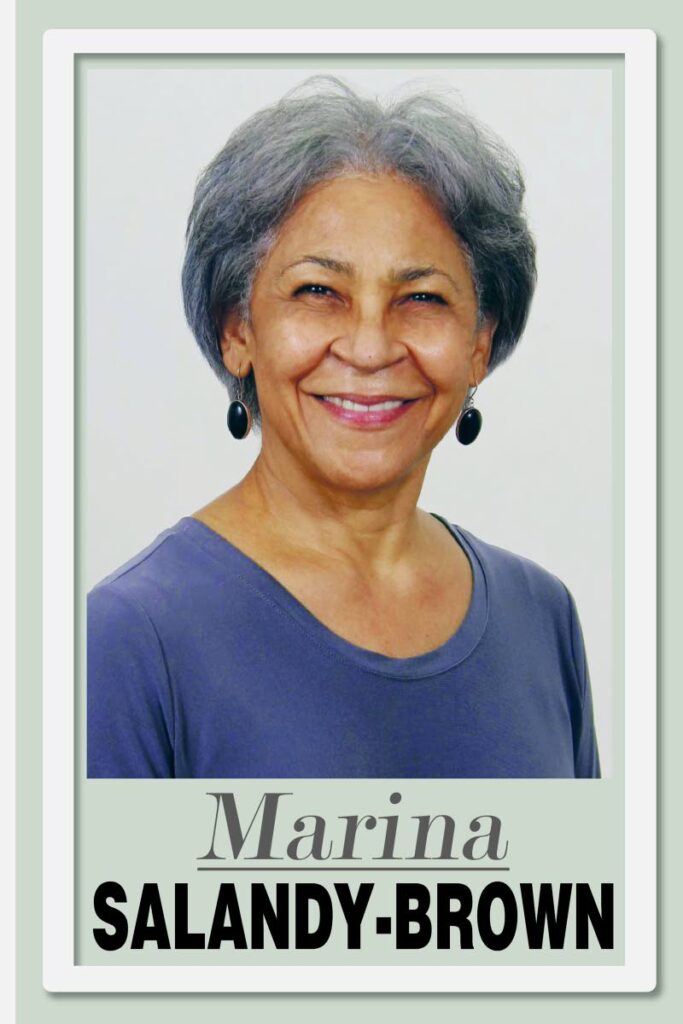Gangs reign

THE RISE of gang culture in our region, from hotspots Haiti to Trinidad and Tobago, on to Colombia and up through Central America via El Salvador and on to Mexico, is a cause for alarm. We are troubled, rightly so, not just because of the violence but also the destabilising effects of gang activity on society, migration, the economy and the future of our region and its people.
Trinidad and Tobago citizens were shocked recently when a gunman pursued his victim into the Port of Spain General Hospital to finish him off. It was not the first time, but the growing audacity of the well-armed gang members knows no bounds and contributes to everyone’s fears of becoming collateral damage. Media reports are replete with daily accounts of businessmen having to pay protection money or “taxes.”
That is not new either, but it is no longer a Boysie Singh or a powerful don, but several small armies of foot soldiers carrying powerful weapons, each man looking to establish his badness and prove his legitimacy in belonging to a particular clan. Many of those young men think it is their only option and those who refuse to be affiliated sometimes are punished with death. Those who belong can never not belong.
Gangs exist to make money from running all manner of rackets – from drug and gun-trading to smuggling rare, endangered animals and selling human slaves. And the violence and intimidation are essential elements in establishing and preserving a gang’s reputation and perceived power.
It is easy to see how poorly parented, under-educated, financially poor young people with few prospects and low sense of self-worth might be recruited into a gang that promises the chance to be really someone and to wield power through a weapon, even to punish society for one’s misfortune. Soon they are part of a family, with its loyalties and rules and sense of purpose.
It is a tragic life, however. Research suggests that gang members’ life expectancy is 20-30 years, and they have a high chance of dying within two years of becoming a gang member.
It is indisputable that criminality, corruption and drug trading are alternatives to legal economic activities and many of those involved in violent crime have little option.
In Haiti, history has not been on the country’s side. Its famous, bloody 18th-century revolution failed to deliver its promise and Haiti, out of France’s spite and its geographical closeness to the US, has lacked the sort of financial backing countries like Cuba (from Russia) and Israel (from the US) have been able to use – without stringent political interference – to develop infrastructures unique to their communities and realities. Haiti has been hamstrung economically by France’s ruinous demand for compensation for ending French rule, politically by the US’s persistent meddling, and by the international community which has committed serious wrongs – sexual violence, dumping of hazardous materials leading to cholera, etc).
Now, Haiti’s police force is to comprise Africans to combat the most notorious current prevalence of gang rule. In its capital of Port-au-Prince, only 30-40 per cent of residents remain, the rest having fled gang rule in the poorest country in the Americas.
Unlike the Anglophone Caribbean, many of our neighbours had to fight for their independence and have been involved in endless wars, including the Mexican-American war of 1846-48, in which Mexico lost nearly half its territory to the invading North Americans.
To some extent, violence is embedded in Mexican history. Mexico famously institutionalised its famous bloody revolution (1910-1920) in the political party that ran the country, uninterrupted, for 71 years. The Institutional Revolutionary Party (PRI) lost power only in 2000.
In Mexico’s recent national elections, a woman president was voted in for the first time, as a female mayor was murdered. Let’s see if Claudia Sheinbaum, leading the left-wing National Regeneration Movement (Morena), can restrain gang violence. Mexican gangs, in the tradition of factionalism but lacking any objective beyond criminality, are ubiquitous and super-powerful, including in the US.
Colombia, probably the source of many of Trinidad and Tobago’s drug-trafficking problems, is one of the most gang-ruled countries, mainly because of the long war between the government and the peasants’ left-wing people’s army (FARC), which ended in 2016 with large, armed mafia-style cartels controlling the cocaine trade. Medellin, the beautiful, mountainous city, was once notorious for its drug cartel.
Then a mayor in the 1990s, realising the deep disadvantages of the residents, introduced social, political and economic interventions that transformed the city into a thriving, safe place for its people and into a tourist haven.
El Salvador took a different approach. It arrested almost 80,000 gang members and non-gang members, raising arguments about infringing human rights. The jails are full – but where do they go from there? It is unsustainable unless educational, economic and social interventions are planned to return those people to society. The country is now a fortress.
What will the Trinidad and Tobago government do? With elections brewing and no party appearing to have any convincing plan, we should be extremely worried.

Comments
"Gangs reign"